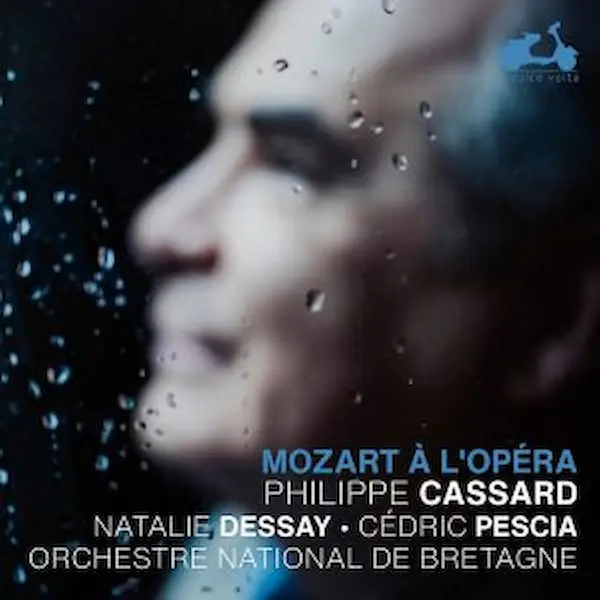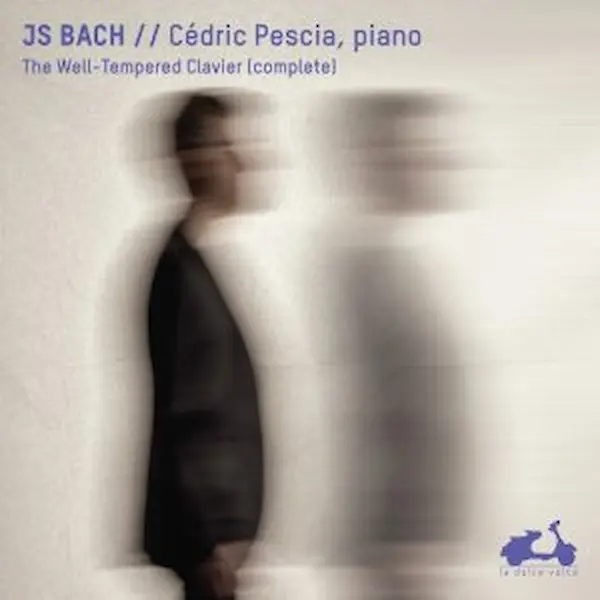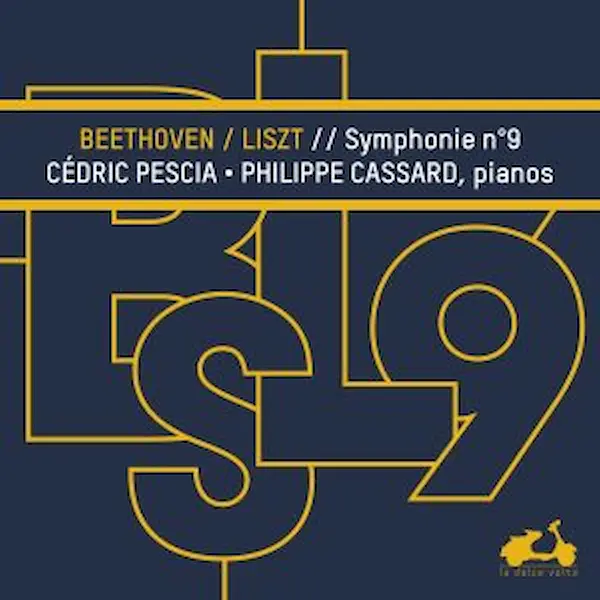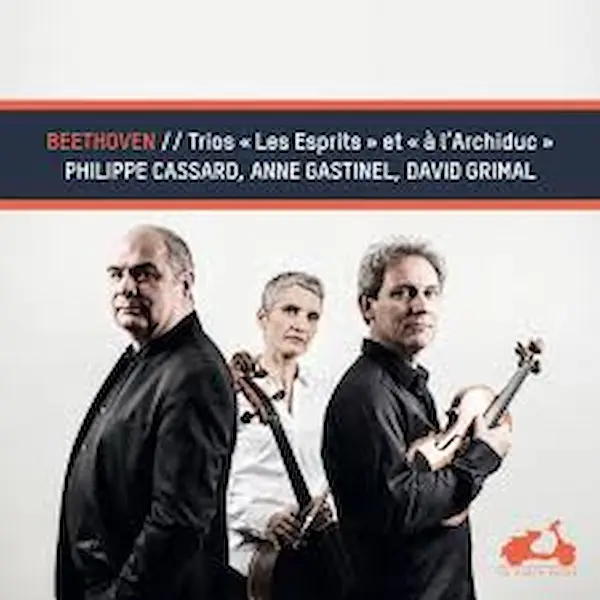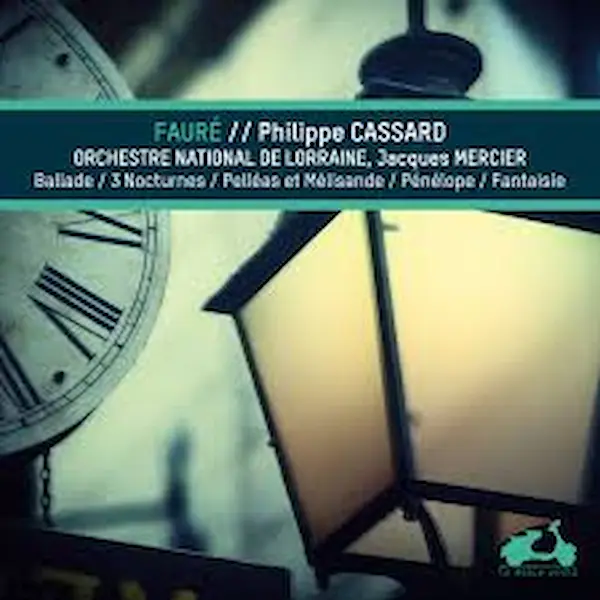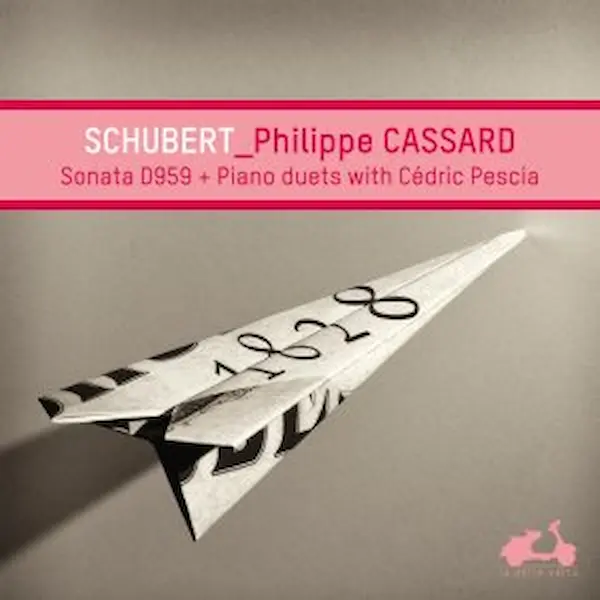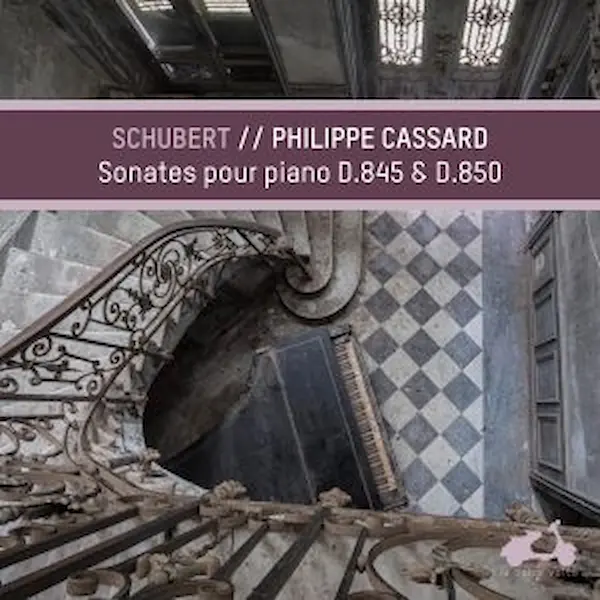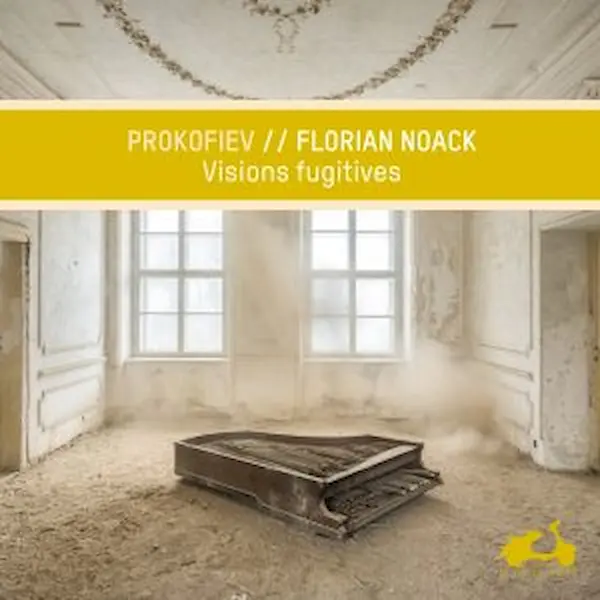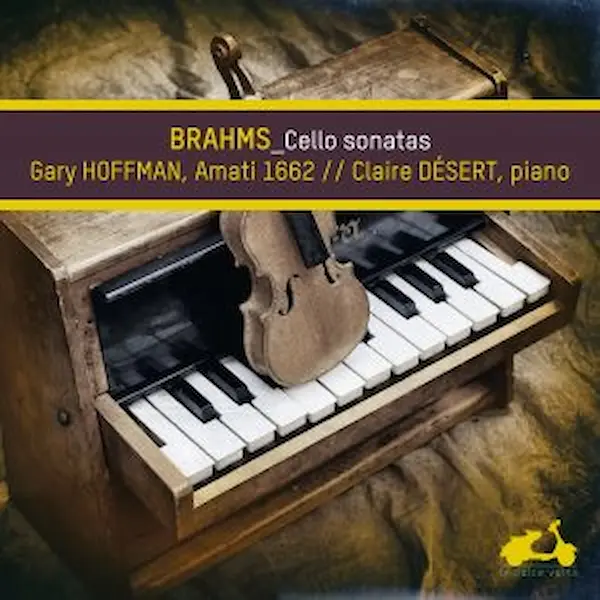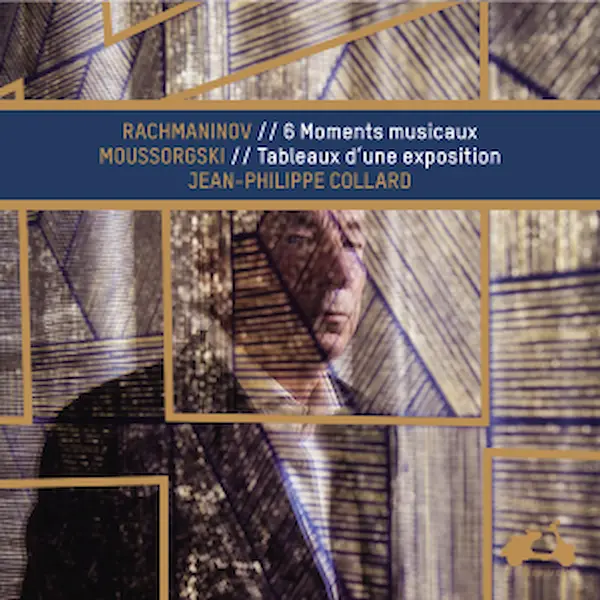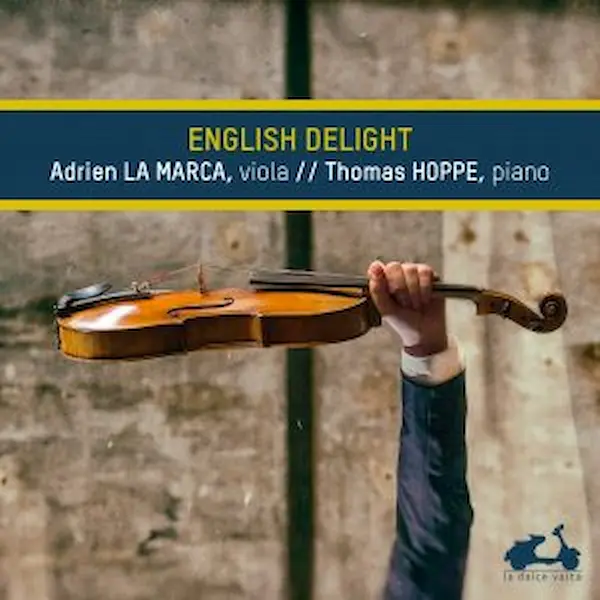Description
The voice! The voice which, even if absent from the score, insinuates itself between the two hands of a pianist playing Mozart. In this music, all is dialogue, mingled avowals and passions, on the threshold of the opera house. All Mozart’s forms are nurtured by the same source, that of vocal melody. ‘I like an aria to be as precisely tailored to a singer as a well-cut suit’, he declared when he composed an aria. And what an aria this one is! Ch’io mi scordi di te! The keyboard enters into dialogue with the soloist. And then we leave the world of the aria for that of the concerto, unless it be an imaginary sonata . . . Directed from the piano by Philippe Cassard, the Concerto no. 22 borrows the same ‘suit’. Here is a piece of ‘wordless theatre’, composed at the period of Le nozze di Figaro, which portrays first drama, then meditation, and finally carefree joy. The divine spectacle continues with the Fantasia K475, which foreshadows the worlds of Beethoven and Schubert, with their cries and whispers and things unsaid.
Let us complete these imaginary dialogues with the finest of the sonatas for piano four hands, K497. Two voices in unison, enamoured of beauty.




